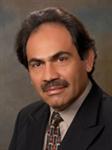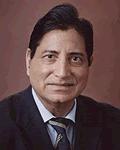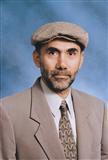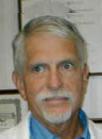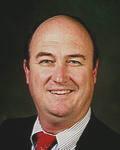The main objectives of Sports Medicine:
- Determining the physical condition and health. The study of the effect of exercise on health.
- Defining the functional state of an athlete and to improve it.
- Diagnosis of sports injuries, diseases, their treatment and prevention.
Sports medicine is also exploring the environmental conditions that contribute to the effectiveness of exercise, develops preventive measures and treatment of the harmful consequences of improper application of exercise.
Sports medicine serves not only the athletes. Complexes of physical exercises, recovery techniques are used to treat patients with a variety of injuries and illnesses. In addition, sports medicine engaged and in other issues. This is food for the sport, and pharmacology, etc.
Diseases and Injuries in Sports
- Diseases of the cardiovascular system (tonsillitis, cardiac syndrome, hypotensive and hypertensive states, cardiac arrhythmias, myocardial dystrophy due to physical overexertion, coronary heart disease, diseases of the veins);
- Diseases of the respiratory system (acute bronchitis, pneumonia, asthma, Spontaneous pneumothorax, pulmonary tuberculosis, dry pleurisy, lung cancer);
- Kidney disease and urinary tract - one of the most difficult areas of medicine to diagnose due to the fact that their symptoms are often unexpressed. Diagnosis is particularly difficult in athletes, in which may occur such physiological changes in the kidney and urinary tract that impede the timely detection of pathological lesions;
- Diseases of the digestive system (chronic gastritis, chronic enteritis and enterocolitis, gastric ulcer and duodenal ulcer);
- Diseases of the liver and biliary tract;
- Diseases of the blood;
- Diseases and injuries of the nervous system (closed craniocerebral trauma, neuroses and neurosis-like states);
- Diseases and injuries of the peripheral nervous system (radiculitis lumbago, neuralgia of the trigeminal nerve, Intercostal neuralgia, neuralgia occipital nerve, neuritis of the facial nerve, Sacroiliitis, peripheral nerve injury, closed trauma of the spine and spinal cord).
Prevention
For the prevention of sports injuries exercises the following set of measures:
- Providing good conditions in locations carrying out sports activities;
- Proper technique the training;
- Regular medical supervision;
- The use of protective adaptations.
The role of the physician in the prevention of sports injuries is very significant. Its functions include ensuring the safety of competitions, training. The duty of the doctor is the systematic consideration of all injury cases. Not only severe injury, but moderate injury should be considered to determine the needed measures to eliminate them and identify reasons for their occurrence.
In the prevention of sports injuries it is important to regular monitoring by the coaches, administration, judges and pedagogues over the state of equipment, training
hide
 Sports medicine - area of medicine dealing with the definition of health, physical development and functional state of the body systems of athletes, as well as diagnosis, treatment and prevention of diseases and injuries related to sport and physical activity.
Sports medicine - area of medicine dealing with the definition of health, physical development and functional state of the body systems of athletes, as well as diagnosis, treatment and prevention of diseases and injuries related to sport and physical activity. 

